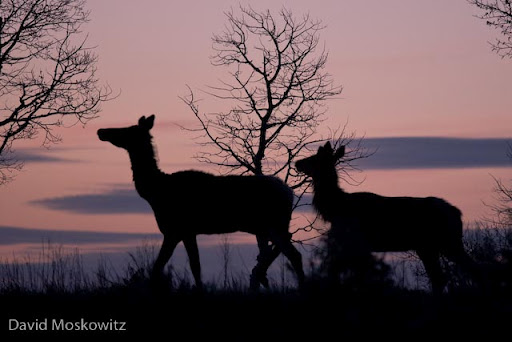The gopher had just begun to expell earth when I discovered him hard at work.
The exposed gopher quickly pushes soil out of his hole and then retreats back to a safer position to observe its surroundings.
The completed throw mound with the hole plugged at the base of it. Throw mounds are produced in the process of creating underground tunnels the pocket gopher uses for accessing food (roots and vegetation), as well as sleeping chambers, food storage spaces, and latrines.
The finished throw mound with the tent I was staying in the background.
Pocket gophers are prodigious soil movers. Though seldom seen, the throw mounds they create are conspicuous in areas they inhabit. Mounds are often confused with those produced by moles. However, as seen here, gophers produce fan shaped mounds expelling dirt from a hole to one side of the mound of soil which is plugged afterwards. Moles expel earth from a hole which come straight up out of the ground and the resulting mound of soil is generally evenly dispersed to all sides of the plugged hole when complete.I had the opportunity to photograph this creature while it worked right in the middle of where I was camped and could thus leisurely photograph and drink a cup of tea as the sun rose one May morning in Western Colorado over the course of an hour, an unusual pleasure while photographing elusive wild creatures.
























